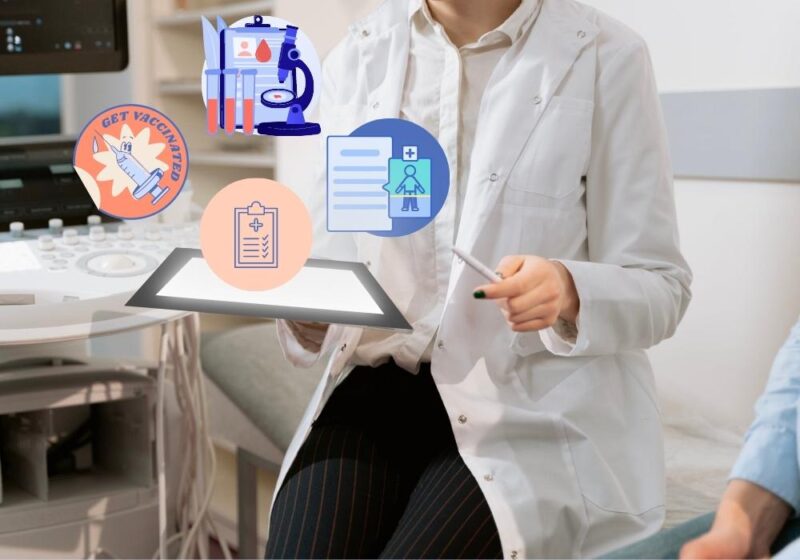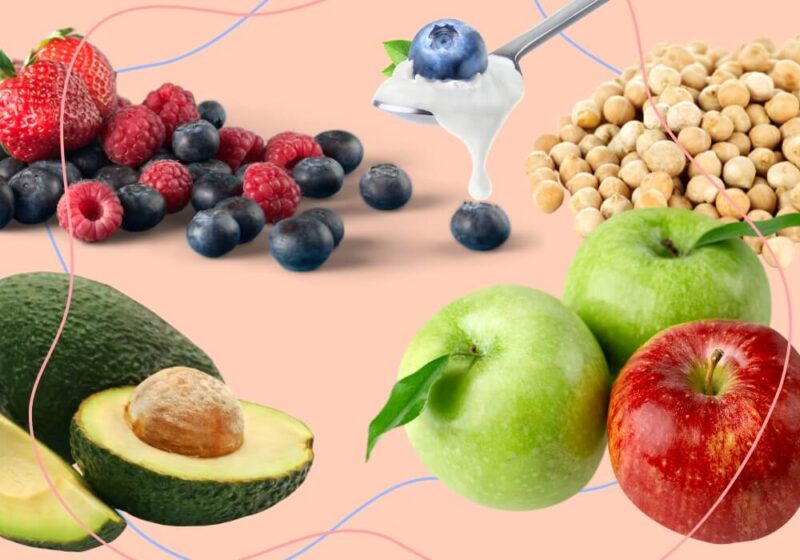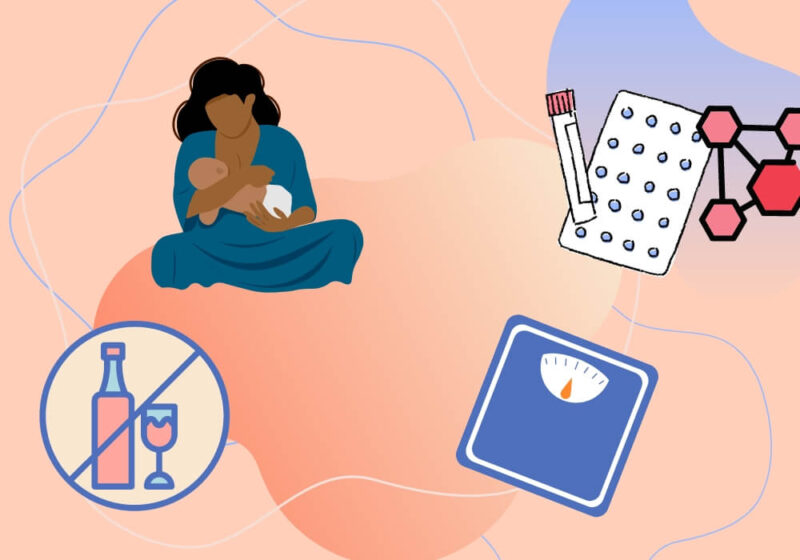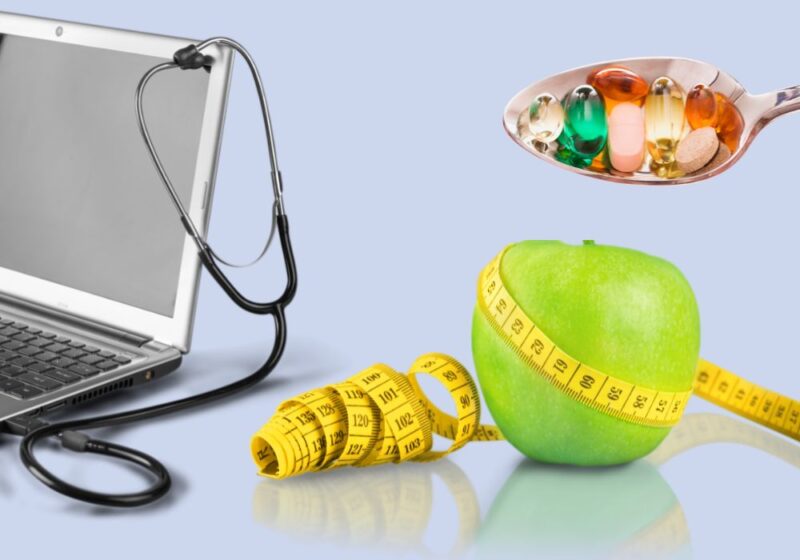Most people have heard of high cholesterol, but have you heard of the medical term hyperlipidemia? This is an umbrella term for any health condition caused by an overabundance of lipids in your blood. It’s important to control your cholesterol levels, whether you have hyperlipidemia or not. Here’s how to identify the causes of hyperlipidemia and treat the symptoms.
How Does Cholesterol Influence Hyperlipidemia?
Cholesterol is a type of lipid that your body needs to survive. It helps you with digestion and hormone production. Your liver generates cholesterol on its own, thus your body isn’t completely dependent on the cholesterol you receive from food. But for better or worse, the food you eat affect your cholesterol levels.
Hyperlipidemia occurs when you have too much cholesterol. High cholesterol levels stimulate blockage in the arteries. Plaque piles up inside, making it hard for blood to reach your organs. Because blood transports nutrients and oxygen, organ damage can occur when they don’t get a proper blood supply.
Hyperlipidemia-related organ damage can lead to life-threatening health problems such as:
- Stroke
- Heart attack
- Peripheral artery disease
- High blood pressure
- Coronary Heart Disease
- Diabetes
Understanding the Different Types of Cholesterol
As we’ve established, cholesterol can be good or bad for you. This depends on how much extra you have in your body. It also depends on which of the two types of cholesterol it is: LDL or HDL.
Low-density lipoprotein (LDL) is what creates plaque in your arteries. High-density lipoprotein (HDL) is a healthier form of cholesterol. It removes plaque and helps transport LDL to your liver where it’s then removed from your body. The more LDL you have in your blood, the lower your risk for stroke or heart disease.
When you eat foods with cholesterol, what you’re really doing is supplying your body with fat. Fat is an essential nutrient that provides you with energy, but not all fats are good for you. Saturated fats are loaded with LDL. Unsaturated fats can reduce your LDL levels and help lower your cholesterol.
What Do Cholesterol Blood Tests Do?
Many people with high cholesterol are not aware of it. Most won’t know they have it until they experience a hyperlipidemia-related health problem. The only other way to know is with a blood test.
Getting a cholesterol blood test is a vital part of hyperlipidemia prevention. It checks the levels of different types of lipids you have in your blood. This includes triglycerides, LDL, and HDL cholesterol. Getting your blood evaluated can determine your risk of a heart attack, heart disease, and blood vessel disease.
What Types of Hyperlipidemia Are There?
Not every case of hyperlipidemia is caused by eating too much cholesterol. Some people with well-balanced lifestyles suffer from familial hyperlipidemia. This form is caused by a genetic mutation that’s passed down.
People with familial hyperlipidemia may show cardiovascular-related symptoms at a young age. Chest pain, cramping in the calves, and unhealed sores are not uncommon. They can even experience a stroke or heart attack in their teens and twenties.
The other form of this condition is called acquired hyperlipidemia. It’s common among people with weight-related issues like diabetes and hypothyroidism. It can also be caused by kidney disease, nephrotic syndrome, or certain medications. In fact, birth control, diuretics, and corticosteroids can contribute to acquired hyperlipidemia.
How to Cope With and Treat Hyperlipidemia
Living with hyperlipidemia is completely manageable. But only if you are taking active steps towards lowering your cholesterol levels. This can reduce your risk of stroke and cardiovascular disease—one of the leading causes of death in America.
Curate a Cholesterol-Optimized Diet
One of the best ways to reduce cholesterol is to change your diet. This means consuming more fiber through whole grains, fruits, and vegetables. It is also recommended to eat more lean proteins and plant-based foods like beans, lentils, and tofu. Try cutting out saturated fats from meat, butter, and cheese. Replace them with healthier unsaturated fats from avocados, seeds, and nuts. You can also up your intake of omega-3 fatty acids by eating foods such as chia seeds, flaxseeds, soybeans, walnuts, seafood, eggs, and yogurt.
Up Your Workout Routine
Both a healthy diet and exercise can lower LDL cholesterol and increase HDL cholesterol. Working out also lowers your triglycerides, a type of fat that can up your risk for heart disease. Above all, regular exercise helps you maintain your weight. This is an important factor as obesity is heavily linked to high cholesterol.
Aim for at least 2 and a half hours of moderate exercise or 1 hour and 15 minutes of vigorous exercise every week. Along with focusing on cardiovascular exercise, add in a bi-weekly muscle-strengthening activity for good measure.
Kick Your Smoking and Drinking Habits
Smoking and heavy drinking are bad habits that can lead to high cholesterol. Smoke damages your blood vessel walls and leads to plaque buildup. Drinking can also damage your liver, which is an important regulator of cholesterol metabolism. Those who want to treat hyperlipidemia should drink no more than 2 drinks per day for men and 1 drink per day for women.
Choose the Right Hyperlipidemia Medication
More serious cases of hyperlipidemia may require medication. These medications are referred to as lipid-lowering therapy. Each type of medication has a different method for lowering cholesterol. Here’s how they work:
- Niacin: This is a B vitamin that raises HDL and lowers LDL. Though niacin is a vitamin found in many foods, it can also be consumed as a dietary supplement.
- Fibrates: A medication that focuses on decreasing triglycerides. Though it increases your HDL levels, it does not lower LDL. Tricor and Lopid are two of the most common fibrate medications.
- Bile acid sequestrants: A lipid-lowering therapy that binds onto bile acids in the intestine. This prevents LDL from being absorbed into your bloodstream. LDL is then excreted from your body in the form of feces. Bile acid sequestrants come in tablet and powder form.
- Statins: A medication that blocks the cholesterol-producing enzymes in your liver. Lipitor, Zocor, and Crestor are statin medications commonly used to treat hyperlipidemia-related conditions.
- PCSK9 Inhibitors: PCSK9 is a type of protein that breaks down LDL receptors. This allows more cholesterol to stay in your bloodstream. Inhibitors reduce your LDL levels by blocking this protein. Repatha and Paluent are two types of PCSK9 Inhibitors that can be injected into your body with a syringe.
Note that lipid-lowering therapy works best when combined with a healthy diet and regular exercise. Consult with your doctor to select the best hyperlipidemia medication for you.
Take Back Control From Hyperlipidemia
A multitude of health issues stems from hyperlipidemia. Stroke, heart attack, high blood pressure, and diabetes are just some of the many. That’s why it’s critical to know if you are at risk of developing it and what you can do to control the symptoms. Making healthy lifestyle choices can lessen hyperlipidemia symptoms and improve your overall health.








